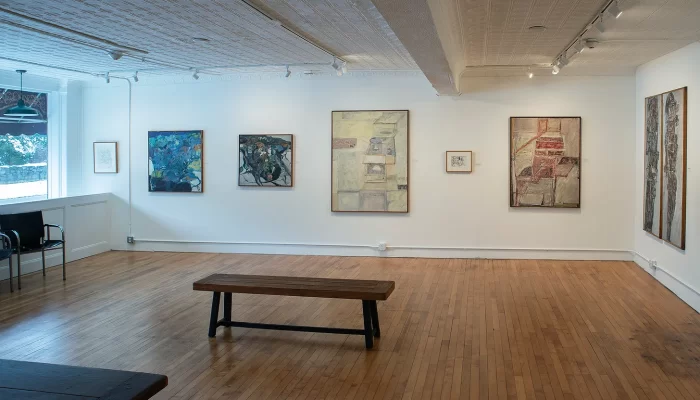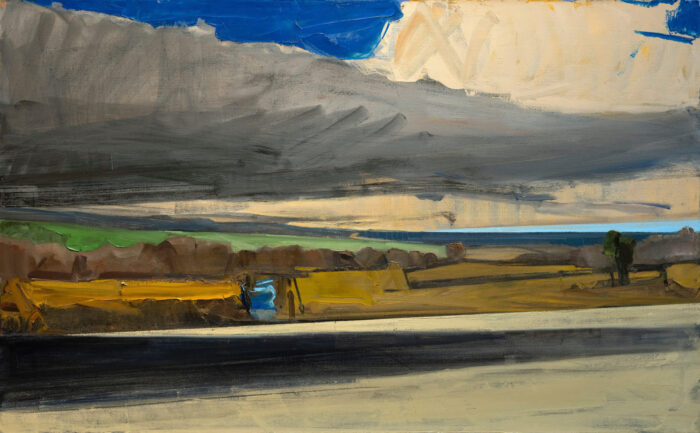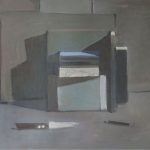Christopher Benson, whom I interviewed a couple of years ago, recently sent me a link to his Substack, Slayer of Windmills. His most recent post was an insightful review of a retrospective exhibition of drawings and paintings by Anthony Terenzio, an important Connecticut artist I was previously unfamiliar with. It’s a great read, and I highly recommend it.

A retrospective exhibition of drawings and paintings by Anthony Terenzio opened yesterday, February 8th, 2025, at the Nancy Devine Gallery in Warren, Rhode Island.
While exploring his Substack, one essay stood out to me: his December 2024 piece, The Devil at the Crossroads. In it, Benson offers a candid and deeply personal meditation on the tension between artistic integrity and commercial viability. His experience of being let go by a gallery is not framed as an act of betrayal but rather as an inevitable consequence of a system where the needs of the market often run counter to an artist’s pursuit of growth and depth. He acknowledges that galleries seek consistency—a recognizable, marketable brand that keeps collectors engaged and sales flowing. Yet, as an artist, he finds that the very act of catering to these expectations can sometimes inhibit his ability to push his work to a higher level.
Benson’s reflections point to a contradiction that many artists face: the more one aligns their work with commercial success, the harder it becomes to break through to something more profound. He describes this as a “Faustian bargain,” where the immediate rewards of producing work that sells may come at the cost of artistic evolution. His essay does not offer easy answers but instead poses the larger question: is there a way to sustain oneself as an artist without allowing market forces to dictate the creative process? In stepping away from the gallery model, he is taking a risk, but it is one rooted in a desire to reclaim the freedom to explore—to make paintings that challenge both himself and his audience. Whether this path leads to greater artistic fulfillment or a precarious uncertainty remains unknown, but for Benson, it is a risk worth taking.
Read the essay here.






Nice !!!